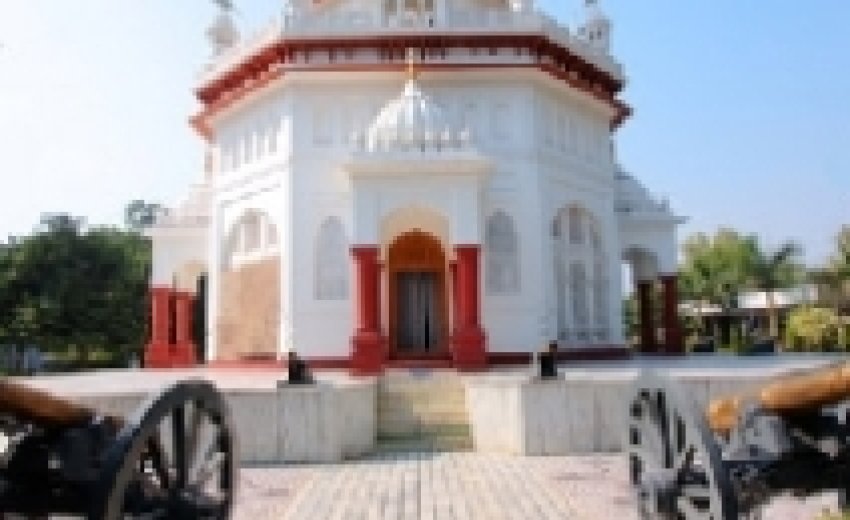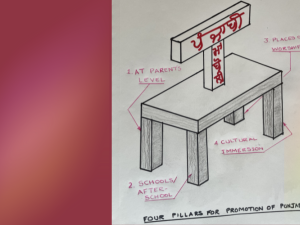| Reading a promising news item about a move by the veteran film actor, Sanjay Dutt, to make a movie on the historical battle of Saragarhi has made me want to share with the readers my thoughts on the issue of the proper commemoration of the great battle.
The Battle at Saragarhi is one of eight stories of the greatest examples of collective bravery in world history, as identified by UNESCO (the United Nations Educational, Scientific and Cultural Organization). It has been cited as one of the five most significant events of its kind in the world, yet when we read history and text books prescribed in India for schools and colleges; we find no mention of this important historical event. For some unknown reason this significant piece of history has been completely overlooked and has been reduced to a non-event. Thus the plan to make a movie and thereby make people aware of it is an effort truly worth applauding. HISTORICAL PERSPECTIVE This battle of Saragarhi has been compared to the Battle of Thermopylae, where a small Greek force faced a large Persian army of Xerxes in the year 480 BC. It is important to note that during the Battle of Saragarhi, the British did not manage to get relief to the unit under siege until after the 21 soldiers had fought to their death. Interestingly, there is one significant difference, that a medizing traitor named Ephialtes led the Persians around the pass running behind the Greek army, thereby squashing any remote chance of Greek victory. In the case of Saragarhi, there was no traitor, but all of them were valiant heroes who set an example of sterling courage and supreme sacrifice. The movie “300” has captured the heroism of the valiant 300 Spartans, and it is my sincere hope that that the movie on Sargarhi does justice to the bravery of these 21 soldiers. History books have become a mere repertoire of chronological events of the past rulers and significant events. However, history has to be interesting, inspiring, and relevant to us and to our lives, by connecting us to the past and instilling pride in us. The Battle of Saragarhi is such a historical event, as the 21 soldiers set a uniqiue example of bravery, courage, determination and patriotism. Though their sacrifices remain unmatched, the battle's significance has been completely marginalized. Besides books on history, this should have found its way in the text books of language and poetry for its significance, saga of bravery, and its inspirational value. We have a model of such commemoration. Anybody who has taken a course in English in the schools in India has been exposed to the poem, “The Charge of Light Brigade” by Lord Tennyson; yet we cannot find a comparable poem or epic in any language that has captured the spectacular display of the Saragarhi will power. BRIEF HISTORY Let us first briefly understand this significant event before discussing how to make it relevant today. The Battle of Saragarhi was fought during the Tirah Campaign on September 12, 1897 between 21 (twenty-one) Sikhs of the 4th Battalion (then, the "36th Sikhs") of the Sikh Regiment of British India, defending an army post against 15 to 20 thousand Afghan and Orakzai tribesmen in a last stand. Saragarhi is a small village in the border district of Kohat, situated on the Samana Range, now part of Pakistan. In August 1897, five companies of the 36th Sikhs under Lt. Col. John Haughton were sent to the North West Frontier Province, and stationed at Samana Hills, Kurag, Sangar, Sahtop Dhar and Saragarhi. These series of forts, originally constructed by the Sikh Emperor Ranjit Singh were consolidated by the British as the frontier outposts to defend against attacks from Afghanistan. Two of the forts were Fort Lockhart and Fort Gulistan which were situated a few miles apart. Due to the forts not being visible to each other, Saragarhi was created midway, as a mere communication post. The Saragarhi post, situated on a rocky ridge, consisted of a small block house with loop-holed ramparts and a signaling tower. A contingent of the twenty-one (21) Sikhs led by Havildar Ishar Singh was stationed at Saragarhi. When the Afghans and Orakzai tribesmen picked it as a soft target, being a communication post, and ideal to be overrun, these brave men chose to fight to death in defending it. Details of the Battle of Saraghari as available to us today are considered fairly accurate, due to Signalman Gurmukh Singh signaling events to Fort Lockhart as they occurred, starting around 9:00 am on that fateful day. Colonel Haughton said that no reinforcements were available as he himself was under siege. The soldiers decided to fight to their last, to prevent the enemy reaching the Fort Gulistan. The repeated thrust of the attacking forces was repulsed by these brave men who inflicted heavy losses on them. The enemy broke a portion of the wall of the picket and hand to hand combat ensued. The battle raged on ferociously and the 20 soldiers gave their lives there. Finally, the Signalman Gurmukh Singh, who was in constant communication with Col. Haughton, providing the updates, was the sole defender left. He communicated his last message to the colonel as follows: “This is my last signal. Picking up the gun to fight …” and requested permission to fight. This young signalman, 19 years of age, is said to have killed over 20 Afghans before he succumbed to the injuries sustained in hand-to-hand combat. Finally, when the relief party sent by Col. Haughton arrived, they found over 800 bodies lying around the ruined post. All the 21 Sikhs were posthumously awarded the Indian Order of Merit, the highest gallantry award at that time which an Indian soldier could receive at the hands of the British Crown. The British Parliament gave a standing ovation to the heroics of these brave hearts and acknowledged their sacrifices. Their homage included reading the names of each of the twenty-one in the British Parliament and their acknowledgement. Sadly, in their own country their gallantry remains unacknowledged. SARAGARHI COMMEMORATION This significant event is celebrated with great pride by Sikh military personnel in their respective regimental centers and also by Sikh civilians in Ferozepur to commemorate this battle every year on September 12, as Saragarhi Day. It is about time that this truly inspirational act of bravery receives the worldwide recognition it deserves. Lately, there have been efforts to bring awareness to wider audiences with a creation of a comic book, YouTube coverage and information about it on internet. We have earlier talked about the move to make a movie on this great saga. These efforts are all steps in the right direction to bring attention to this significant feat. However, we should look at other means to promote the event not just at the national scale but a truly international scale. This has potential to fire the minds of coming generations, and be a true hallmark of courage and determination. For the author of this article and a longtime resident of Houston, Texas, the model for commemoration of this event is available in the way the Battle of San Jacinto is celebrated here every year on April 21. This event is celebrated with a re-enactment of this historic battle of 1836 on the grounds of San Jacinto with live firing of blanks from guns and cannons. This is a complete enactment with use of uniforms of the Texian militia and Mexican armies of the time and guns of those times. Thousands of people show up at this event and to be part of the celebration, where they not only relive that history but learn about it in a fun way. In addition, if one sees the text books here in USA, one can see how this significant chapter of history has been captured so that it could be transmitted from generation to generation. The school children take field trips to San Jacinto War Memorial and Museum to get a feel of the reality along with reading from the textbooks. The war memorials do serve their intended purpose but the true memorials are in the hearts. That memory becomes the inspiration in times of crisis. History has to have a personal appeal and be relevant; it should not be just information on some event on a particular date crammed to pass an examination. Let us turn the pages of history in such a way which we have not done in the past, by making this history of Saragarhi our heritage and inspiration for generations to come. We can make a start by commemorating it with: - Reenactment of the battle in Ferozepur, Meerut (Sikh Light Infantry Headquarters) and other cities on 12 September every year with full public participation - National leaders visiting Ferozepur to pay homage to this saga of brave men - Covering the event in Indian history books - Setting up a modern memorial with interactive facilities for schoolchildren, so that they get a dose of reality when they make day field trips - In this age of electronic media we need to have Gameboys and computer apps where the history is shared with the young generation in the medium of their choice. Every generation needs its own inspirational connection, saga of courage and determination, but we still have not laid our claim to it. This is the time to do it by making it our national heritage, a heritage that we can be proud of and have it serve as our national inspiration. |
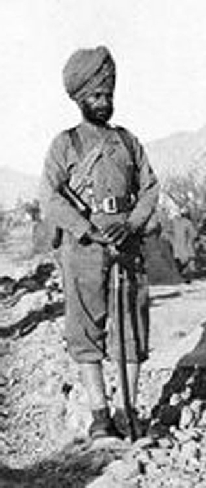 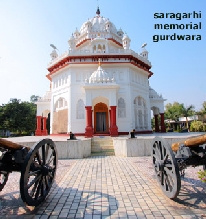 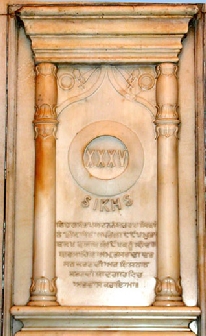 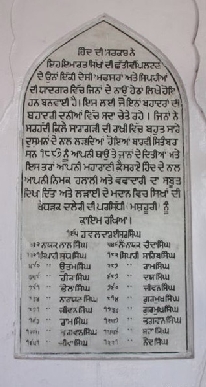 |

